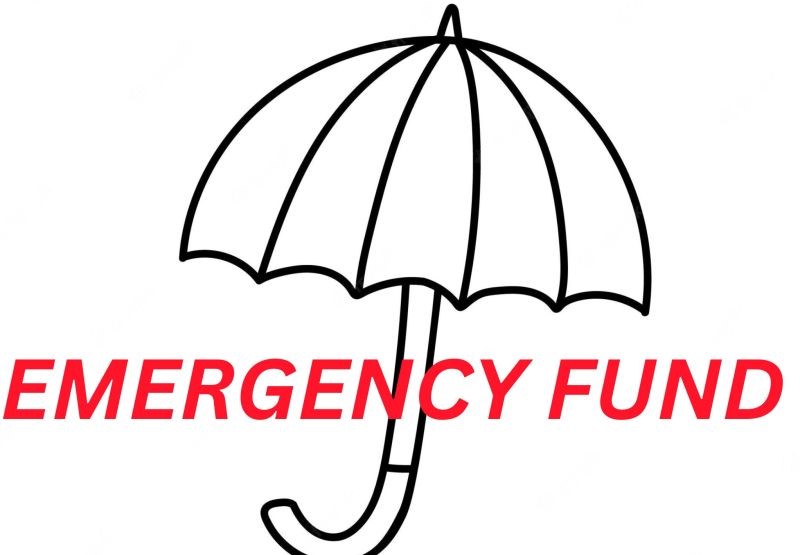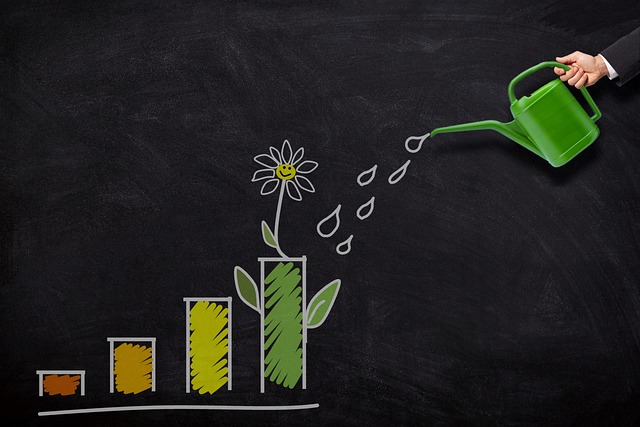Building Financial Resilience: Creating and Growing Your Emergency Fund
An emergency fund is a vital tool that provides peace of mind and financial security. Since life is full of surprises, both pleasant and challenging, having a safety net in the form of a reserve fund can make a significant difference in your financial well-being when unexpected situations arise. In this comprehensive guide, we will explore the importance of an emergency fund and provide effective strategies to help you build and grow one.
Understanding the Importance of an Emergency Fund
An emergency fund is a pool of money set aside specifically to cover unforeseen expenses or emergencies. It acts as a buffer, protecting you from the financial strain that unexpected events can bring. Whether it’s a medical extrimity, car repairs, sudden job loss, or urgent home repairs, having q rainy day fund ensures you don’t have to rely on high-interest credit cards or loans to navigate through challenging times.
Step-by-Step Guide to Building an Emergency Fund
1. Determine Your Financial Goal
Begin by setting a clear financial goal for your emergency fund. The general guideline is to save three to six months’ worth of living expenses. However, this can vary based on factors such as your job stability, family size, and comfort level.
2. Open a Separate Savings Account
An essential step is to create a separate savings account exclusively for your reserve. Keeping this fund separate from your regular spending accounts reduces the temptation to dip into it for non-emergencies.
3. Start Small and Be Consistent
Building an emergency fund doesn’t have to happen overnight. Start small by committing a specific amount from each paycheck, no matter how modest. Consistency is key; even small contributions add up over time.
4. Automate Savings

Set up an automatic transfer from your main checking account to your emergency fund account. This automation ensures that you’re consistently contributing to your fund without having to remember to do so manually.
5. Cut Unnecessary Expenses
Review your budget and identify areas where you can cut back on discretionary spending. Redirect the money saved toward your stash. Sacrificing some luxuries now can provide greater financial security in the future.
6. Utilize Windfalls and Bonuses
Whenever you receive unexpected windfalls, such as tax refunds, work bonuses, or monetary gifts, consider allocating a portion to your emergency fund. These windfalls can significantly boost your fund’s growth.
7. Make Lifestyle Adjustments
Consider making more significant lifestyle adjustments if you’re committed to building your reserve fund quickly. This might involve downsizing your living arrangements, using public transportation, or reducing entertainment expenses.
8. Review and Adjust Your Goal
As your life circumstances change, periodically review your emergency fund goal. Adjustments might be necessary if you experience major life changes, such as marriage, having children, or changing careers.
Maximizing the Growth of Your Emergency Fund
1. Choose a High-Yield Savings Account
While an emergency fund should be easily accessible, consider opting for a high-yield savings account. These accounts offer better interest rates than traditional savings accounts, allowing your fund to grow more effectively.
2. Direct Windfalls and Extra Income
Redirect any unexpected income, such as side gig earnings or tax refunds, directly into your reserve fund. This accelerates the growth of your safety net without affecting your regular budget.
3. Incremental Increases
As your financial situation improves, gradually increase your monthly contributions to your reserve fund. Small incremental increases won’t drastically impact your budget but can substantially boost your fund’s growth over time.
4. Channel Surplus Funds
Whenever you have a month with lower expenses or extra income, allocate the surplus to your emergency fund. This efficient use of additional funds ensures that your emergency fund keeps growing steadily.
5. Invest for Long-Term Growth
Once your reserve fund reaches a comfortable level, consider investing a portion of it in low-risk, easily accessible investments such as money market funds or short-term government bonds. This strategy can help your fund grow more substantially over the long term.
The Psychological Benefits of an Emergency Fund
An emergency fund isn’t just about numbers; it also brings psychological benefits:
- Peace of Mind: Knowing you have a financial safety net can alleviate stress and anxiety, allowing you to focus on other aspects of your life.
- Confidence: It gives you the confidence to handle unexpected situations without resorting to debt.
- Flexibility: Enables you can make decisions based on your long-term goals rather than immediate financial pressures.
Final Thoughts
An emergency fund is an essential component of a robust financial strategy. By following the steps outlined in this guide and employing effective strategies to build and grow your fund, you’re investing in your future financial stability and peace of mind. Remember that building a reserve fund is a gradual process that requires dedication and consistency. Every contribution brings you closer to achieving the financial resilience needed to face life’s uncertainties with confidence and control.
Image Credit: Pixabay



